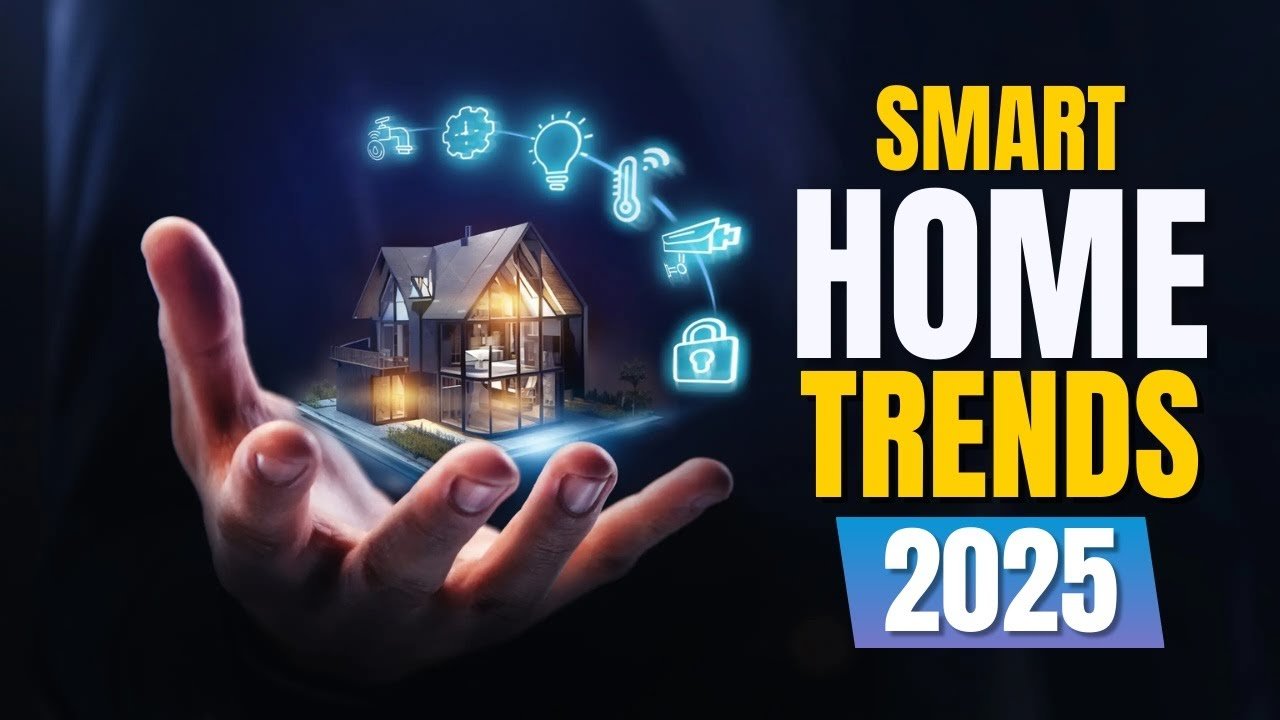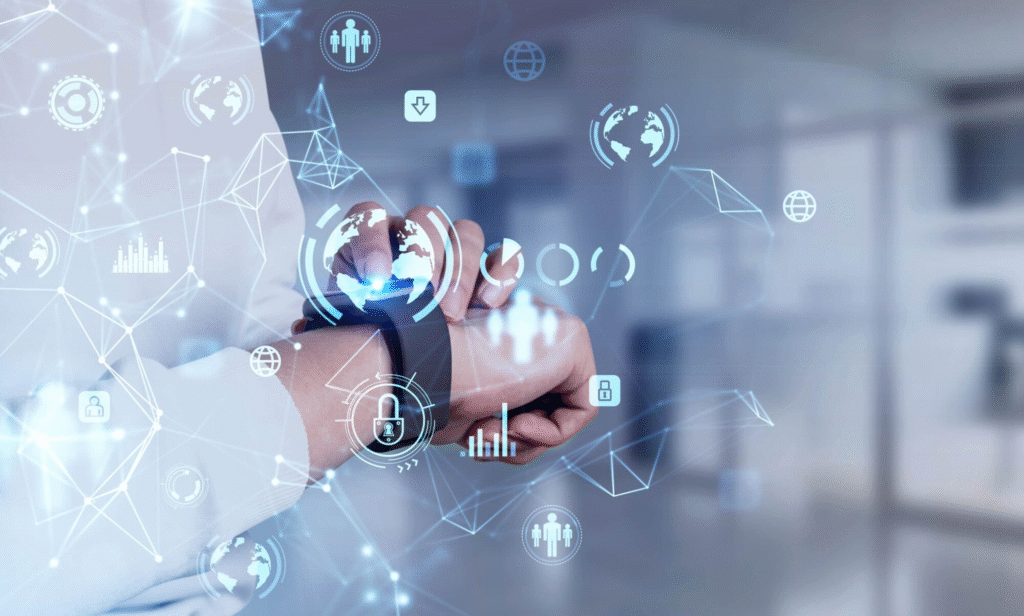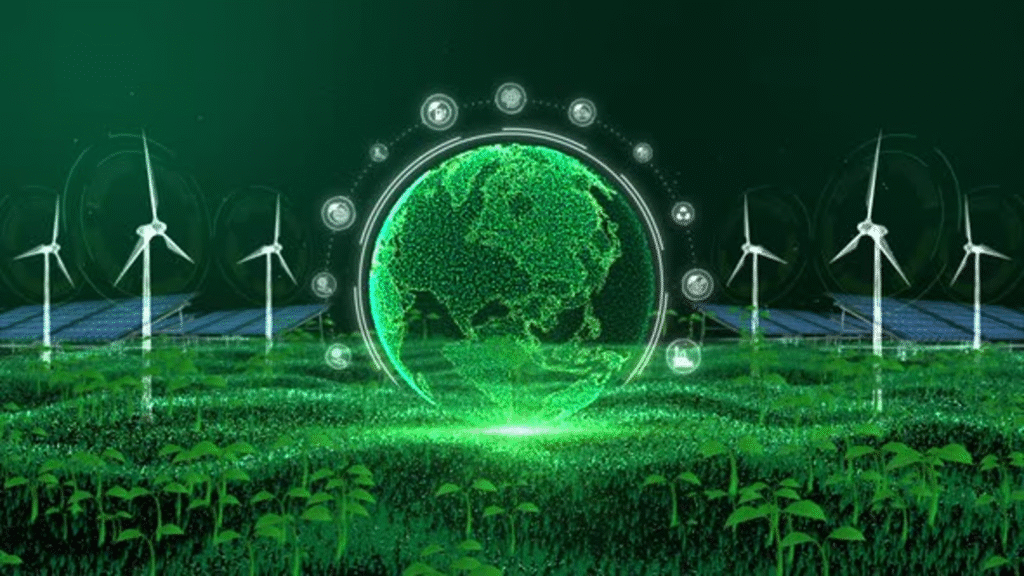Now Reading: 10 Smart Home Trends That Will Change Your Life in Now 2025
-
01
10 Smart Home Trends That Will Change Your Life in Now 2025
10 Smart Home Trends That Will Change Your Life in Now 2025

Smart homes are no longer just about turning lights on with your phone. In 2025, smart home technology is smarter, more helpful, and more connected than ever before. From stronger security systems to improved energy efficiency, these innovations are making homes safer, greener, and more comfortable.
Let’s take a look at the top smart home trends that are transforming how we live in 2025.
1. AI-Powered Everything

In 2025, artificial intelligence (AI) is at the heart of many smart home devices. AI is making systems more personal and predictive. For example, smart thermostats now learn your schedule and adjust the temperature automatically. They know when you’re home, away, or even sleeping.
AI assistants like Alexa, Google Assistant, and Apple’s Siri have also become more advanced. They can now manage entire smart home systems with a single command, and even make suggestions based on your daily habits.
2. Smart Security That Watches Over Everything

Home security has taken a big leap forward in 2025. Smart cameras now use facial recognition to tell the difference between family members, friends, delivery drivers, and strangers. You get instant alerts on your phone if something unusual happens.
Video doorbells have better night vision, wider viewing angles, and smarter motion detection. Some systems can even send a live video feed directly to emergency services if a break-in is detected.
More homes are also using smart locks. These locks let you control who can enter your home — and when — without needing a key. Some even use fingerprint recognition or digital codes that can be changed anytime.
3. Energy Efficiency and Green Living

Smart homes are helping people save energy and protect the planet. In 2025, smart appliances and energy-monitoring tools are more common than ever.
Smart thermostats, solar panels, and energy management systems now work together. For example, if your solar panels are generating more electricity than needed, your home can store it in smart batteries or sell it back to the grid.
Smart plugs and power strips turn off devices when they’re not in use. And smart lights can adjust their brightness based on the time of day or natural sunlight. These changes may seem small, but they can lead to big savings on your energy bill.
4. Whole-Home Automation and Integration
In 2025, more people are using systems that connect all smart devices in their homes. These integrated platforms let users control everything — lights, security, appliances, entertainment, and more — from one app or voice command.
Homeowners can create routines, like a “Good Morning” setting that turns on the lights, starts the coffee maker, and plays your favorite music. Or a “Leaving Home” routine that locks doors, turns off lights, and sets the alarm system.
This level of control and customization makes daily life easier, more efficient, and more enjoyable.
5. Smarter Kitchens and Bathrooms
Smart technology is now transforming kitchens and bathrooms too. In 2025, many homes have smart refrigerators that track expiration dates and suggest recipes. Some can even order groceries when you’re running low on items.
Ovens can be controlled remotely and use AI to cook food perfectly. Dishwashers and washing machines now use less water and energy thanks to built-in sensors.
In the bathroom, smart mirrors show the weather, news, and your schedule while you brush your teeth. Smart showers let you set your perfect water temperature and save water at the same time.
6. Better Health and Wellness Features
Health is a growing focus in smart homes. Air purifiers and ventilation systems now monitor air quality and adjust automatically. Smart beds track your sleep and help improve your rest with temperature control and gentle wake-up alarms.
Smart lighting systems now offer circadian lighting — lights that change color and brightness during the day to match natural sunlight. This helps support better sleep and mood.
Home gyms with connected fitness equipment are also more common. These machines offer virtual workouts, real-time feedback, and personal coaching, making it easier to stay healthy at home.
7. More Privacy and Data Protection
As homes get smarter, privacy and data security have become top concerns. In 2025, smart device makers are focusing more on protecting user data. Many devices now offer stronger encryption, local data storage, and privacy controls so users can manage what data is shared.
Voice assistants can now process many commands locally (without sending them to the cloud), which improves both speed and privacy.
Experts still recommend checking privacy settings regularly and updating smart devices often to protect against potential threats.
8. Voice and Gesture Control
While voice control is still popular, gesture control is on the rise in 2025. Smart TVs, lights, and even kitchen appliances can now respond to hand movements. This is helpful in situations where voice commands might not work well, such as during loud music or while cooking.
Gesture control adds convenience and accessibility, especially for people with disabilities or mobility issues.
Final Thoughts
Smart home technology in 2025 is more than just cool gadgets — it’s about making life easier, safer, and more energy-efficient. Whether you want to lower your bills, boost security, or simply enjoy a more comfortable home, these trends offer real benefits.
As smart tech continues to grow, the dream of a fully connected, intelligent home is quickly becoming a reality for millions of people around the world.
Read More:- Energy Efficiency and Green Living






















